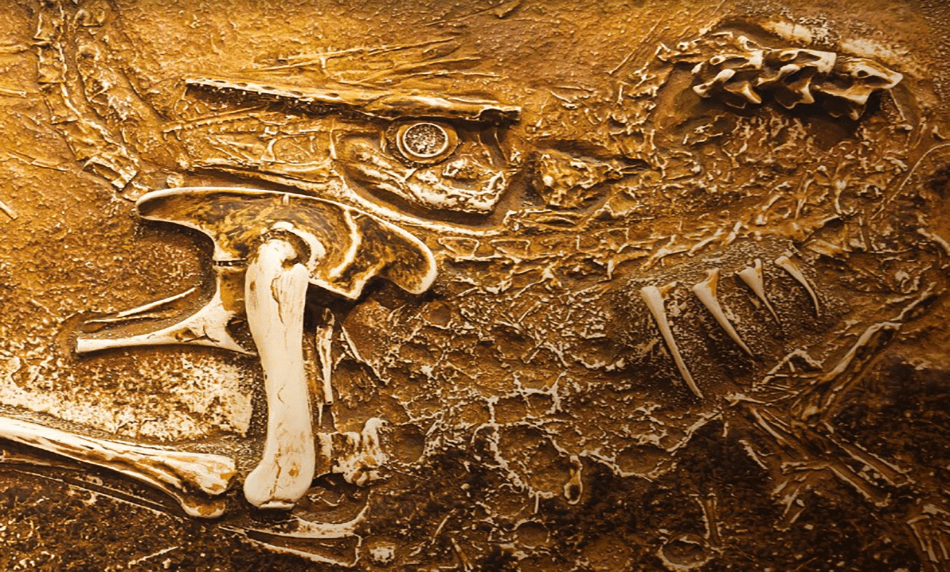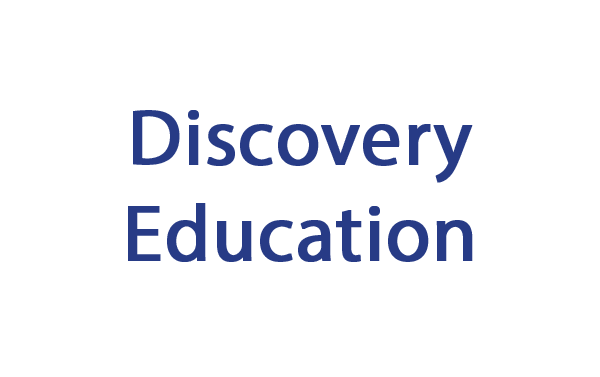

Key Learning Goals - Art:
2.03 Be able to use art as a means of self expression
2.04 Be able to choose materials and techniques which are appropriate for their task
2.05 Be able to explain their own work in terms of what they have done and why
2.06 Be able to talk about works of art, giving reasons for their opinions
Key Learning Goals - Geography:
2.05 Be able to use geographical terms
2.08 Be able to use maps at a variety of scales to locate the position and geographical features of particular localities
2.09 Be able to use secondary sources to obtain geographical information
2.11 Be able to communicate their geographical knowledge and understanding to ask and answer questions about geographical and environmental features
Key Learning Goals - History:
2.04 Be able to give some reasons for particular events and changes
2.05 Be able to gather information from simple sources
Key Learning Goals - Science:
2.01a Be able to carry out simple investigations
2.01b Be able to prepare a simple investigation which is fair, with one changing factor
2.01c Be able to predict the outcome of investigations
2.01d Be able to use simple scientific equipment
2.01e Be able to test ideas using evidence from observation and measurement
2.01f Be able to link evidence to broader scientific knowledge and understanding
2.01g Be able to use evidence to draw conclusions
The Big Idea
Dinosaurs lived millions of years ago – long before people lived on Earth. No one has ever seen a dinosaur so how do we know anything about them? Fossil evidence and dinosaur bones provide our only clues. Like detectives, we will try to discover what dinosaurs looked like, what they ate and what might have happened to them in the end.
In History, we’ll be finding out:
- About the different time periods when dinosaurs lived
- How to make a time line
- About fossil hunters from around the world
- About different ideas to explain why the dinosaurs died out
In Geography, we’ll be finding out:
- What the Earth looked like millions of years ago
- Where to look for dinosaur bones
In Science, we’ll be finding out:
- What a fossil is and how a fossil is formed
- About different types of rock
- How to make a dinosaur fossil
- How to find out what dinosaurs looked like
- What dinosaurs ate How to sort and classify dinosaurs
- About the other animals and plants that lived at the same time as the dinosaurs
In Art, we’ll be finding out:
- About how artists draw dinosaurs
- How to make a sculpture of a dinosaur
How to make reptile-skin patterns
- In International, we’ll be finding out:
- Where dinosaurs have been found
- About the rules of exploration
Long before humans showed up, dinosaurs dominated the world! In this BrainPOP movie, Tim and Moby journey through prehistoric times to track the evolution of these "terrible lizards" through the Mesozoic Era. From the Triassic Period to the Jurassic and Cretaceous, you'll watch dinosaurs grow in size and diversity as the super-continent of Pangaea split. You'll see well-known species like the Stegosaurus and the Tyrannosaurus rex, and discover lesser-known species like the tiny Eoraptor and the massive Apatosaurus. You'll also explore the link between dinosaurs and birds, and learn all about the mass extinctions that wiped out most life on Earth—more than once!
BrainPOP’s dynamic duo will teach you the difference between a body fossil, which you might find in a tar pit, and a trace fossil, which might be as simple as a set of footprints. You’ll find out how these amazing relics of the distant past are formed, and why they’re so rare. You’ll also learn how the forces of time, heat, and pressure can turn trees into coal! Finally, you’ll see how careful examination of the fossil record can teach us a great deal about the history of our planet.
In this BrainPOP movie, Tim and Moby will introduce you to the life and research of Charles Darwin! You’ll learn what Darwin studied in school and how he ended up on the HMS Beagle. Find out where the Beagle sailed, why it sailed, and how long the voyage lasted. You’ll also learn what Darwin did while he was on the boat, including where his most famous work was done and what animals he studied. Plus, you’ll discover how Darwin’s theory of evolution differed from another theory of evolution common at the time.
Where did the dinosaurs go? In this BrainPOP movie, Tim and Moby give you the lowdown on extinction. You’ll learn about what it means for something to go extinct, and you’ll find out about the idea of mass extinction. You’ll also see how changes in the environment sometimes cause certain species to go extinct. In particular, Tim and Moby take time to explain how human activities are causing some species to die out — and how these extinctions can interrupt the food chain and impact entire ecosystems. Remember: Extinct is forever!
In this BrainPOP movie on carbon dating, Tim and Moby will teach you about how scientists use a radioactive isotope called carbon-14 to find out the answer! Learn about key terms like half-life, radioactive decay, and radiometric dating and what they all mean! You’ll also see how you can tell when a fossilized animal died by comparing the amount of carbon-14 that would have been in a living creature to the amount that’s left in the fossil.
See more relevant resources on BrainPop
https://www.brainpop.com/science/paleontologyandanthropology/
Explore the word of dinosaurs
Videos, fact files and activities explore the theory of evolution, adaption, selective breeding, how humans evolved from primates and the importance of fossils.
Learning about different types of rock, soil composition and how fossils are formed.
http://dinosaurs.about.com/od/dinosaurfossilsites/p/dashanpu.htm
About.com website has information about the dinosaurs found in the Dashanpu region of China.
http://dinosaurs.about.com/od/dinosaurfossilsites/p/flamingcliffs.htm
About.com website has information about the dinosaurs found in the Flaming Cliffs in the Gobi Desert.
http://news.bbc.co.uk/1/hi/sci/tech/6750005.stm
BBC News website reported on the huge dinosaur bird found in China in 2007.
http://www.bbc.co.uk/nature/life/Dinosaur
BBC website has a dinosaur section including details of what the world was like in the Mesozoic era.
http://www.conceptcartoons.com/
Concept Cartoons website shows how cartoons can be used in the curriculum to discuss different viewpoints or theories
http://www.copyrightexpired.com/earlyimage/bones/prehistoric_animal_
Copyright Expired website has an A to Z of dinosaur skeletons and prehistoric animal bones.
http://news.discovery.com/animals/dinosaurs
Discovery News has information about the latest dinosaur finds.
http://www.enchantedlearning.com/subjects/dinosaurs/anatomy/Skeleton.shtml
Enchanted Learning features a section on dinosaur skeletons, with labelled illustrations.
http://www.enchantedlearning.com/subjects/dinosaurs/anatomy/Diet.shtml
Enchanted Learning website explains how dinosaur food chains worked.
http://www.enchantedlearning.com/subjects/dinosaurs/plants
Enchanted Learning website explains how plants are at the start of the dinosaur food chain.
http://www.kids-dinosaurs.com/dinosaur-skeleton.html
Kids Dinosaurs website features skeleton images of the most well-known dinosaurs.
http://www.kidsknowit.com/interactive-educational-movies/
Kids Know It website has an interactive video that explains about producers and consumers, food chains, webs and pyramids.
http://science.nationalgeographic.com/science/prehistoric-world.html
National Geographic website has an interactive time line going back 4.5 billion years ago.
http://news.nationalgeographic.com/news/2014/03/140319-dinosaurs- feathers-animalsscience-new-species/ National Geographic website has news about the discovery of a new
http://science.nationalgeographic.com/science/prehistoric-world/
National Geographic website has photo galleries of all three periods in the Mesozoic era.
http://www.neok12.com/Prehistoric-Animals.htm
NeoK12 provides a selection of teacher-reviewed videos on various prehistoric animals, including sea creatures.
http://www.tyrrellmuseum.com/exhibits/cretaceous_alberta.htm
Royal Tyrrell Museum website has details of Alberta’-s fossil trail heritage.
http://www.search4dinosaurs.com
Search 4 Dinosaurs website has galleries of dinosaur artists from around the world.
http://www.bbc.co.uk/nature/life/Dinosaur
The BBC Nature website has an excellent section on dinosaurs, with videos and images taken from their popular Walking with Dinosaurs series.
http://www.bbc.co.uk/news/science-environment-28407381
The BBC News website features an article on the new fossil evidence that suggests dinosaurs may have had feathers.
http://www.nhm.ac.uk/kids-only/dinosaurs
The British Natural History Museum website has a ‘Dino Directory’- feature with facts about hundreds of dinosaurs.
http://www.nps.gov/dino/index.htm
The Dinosaur National Monument, Colorado website has information and a virtual tour.
The Natural History Museum has an interactive time line.
http://www.youtube.com/watch?v=tjhDV_GzTM8
YouTube hosts this short video, documenting a day in the life of a paleontologist.
https://www.youtube.com/watch?v=PTQRY8i4HgY
Fossil Types for beginners
https://www.youtube.com/watch?v=9f5HehQovx8
How Does a Dinosaur Become a Fossil?
https://www.youtube.com/watch?v=kQa11RMCeSI
Jack Horner: Shape-shifting dinosaurs
https://www.youtube.com/watch?v=0QVXdEOiCw8
Building a dinosaur from a chicken | Jack Horner
https://www.youtube.com/watch?v=z_RpOEBh8Iw
BBC Documentary 2015 - Predatory Dinosaurs - National Geographic Documentary 2015
https://www.youtube.com/watch?v=gLkSGm7ba00
The Last Day of Dinosaurs Documentary 2017






